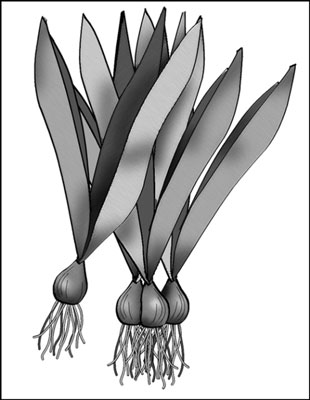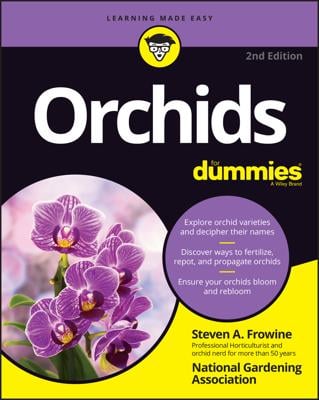Many flowering bulbs produce offsets (daughter bulbs) as a way to make more of themselves. Bulb offsets are an easy, inexpensive way to get more flowers for your garden. Daffodils are an example of bulbs that are excellent at multiplying themselves.
The bulb you originally planted makes some offsets at the edge of the basal plate, and the original mother bulb nourishes them as they grow. In due time (and it only takes a couple of years), the daughter bulbs become large enough to flower themselves. Then they start making daughter bulbs of their own. Eventually, the clump of bulbs becomes so crowded that heavy competition for nutrients can cause flowering to decline. At that point — or even sooner — you need to step in with a shovel and separate the bulbs.

Offsets are actively growing plants and thus need different handling than do dormant bulbs in autumn. Dig and divide a clump at a time to reduce the risk of roots drying out, and then follow these steps:
Prepare the new soil if some bulbs are going into a different location.
Add organic matter — compost, leaf mold, or dry manure — and granular fertilizer. Have the same materials available to rejuvenate the original location.
Dig the bulbs one clump at a time.
One clump of overcrowded daffodils may produce as much as 50 bulbs! Dig only what you can handle at one go.
Cover the bulbs with wet burlap or wet newspaper as you work.
Locating bulbs that still have leaves attached is much easier than searching for leafless bulbs lurking incognito beneath the soil.
Take a group and gently twist and rock the bulbs back and forth until they separate.
The best time to separate bulbs is after the flower blooms have faded, but while the leaves are still green and growing vigorously.
Replant as many as you want at the appropriate depth.
You can choose to replant each and every division, down to the smallest, or only those big enough to flower in a year.
Mulch and water.
Watering is important because you want the roots to re-establish quickly and nourish the leaves, enabling the bulbs to store more food and flower sooner.
Unlike daffodils that make offsets, gladiolas make little cormels, or baby corms. After you dig at the end of the growing season and find these cormels, store them separately from the large, flowering-size corms. Before replanting the next spring, soak the cormels in lukewarm water for a couple of hours — they have a very hard tunic, and can root more easily if the tunic is first softened by soaking. The new gladiolas will probably flower the second year.

